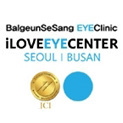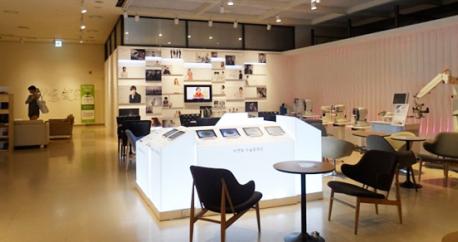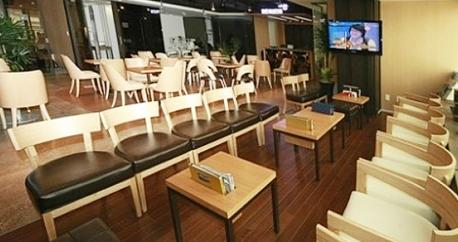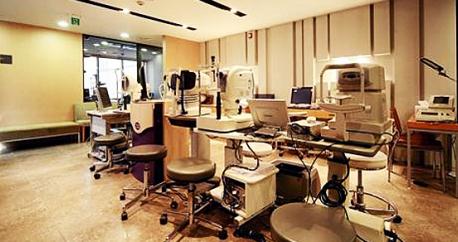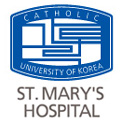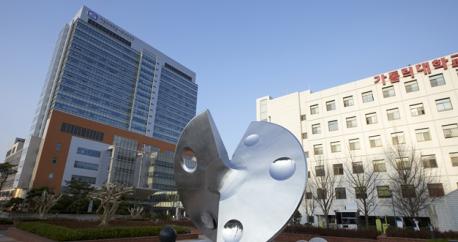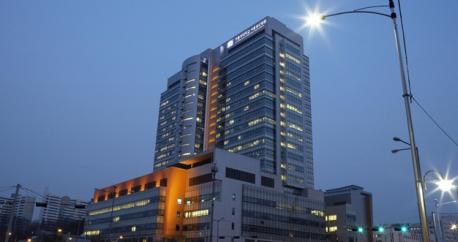Presbyopia
Presbyopia is a condition where the eye exhibits a progressively diminished ability to focus on close objects due to loss of elasticity of the crystalline lens with age.
Who are the ideal candidates for presbyopia treatment?
- Those who can’t see close objects due to aging of the body
- Those who have the difficulty of identifying small text
- Those with delayed focus transition (alternating close and distant places)
- Those with clouded vision
- Those who need magnifier
Types of Presbyopia Treatment
Intracore
Treat presbyopia by treating corneal stroma delicately without damaging corneal surface with accurate Femto-second Laser.
CK Presbyopia Correction
Use high frequency to increase curvature of the cornea in order to treat myopia.
F-Cat
Effective if a patient has presbyopia and myopia at the same time. It probes a patient’s eye with laser just like LASIK for both myopia and hyperopia.
Multi-Focal Artificial Crystalline Lens Implant
Insert muti-focal lens instead of inserting Artificial Crystalline lens to treat myopia and hyperopia when operating for cataract.
Cataract
Cataract is a clouding that develops in the crystalline lens of the eye or in its envelop which obstructs the passage of light.
Who are the ideal candidates for cataract treatment?
- Those who experience clouded vision when looking at close objects
- Those with blurred vision and loss of vision
- Those with daytime blindness
- Those with dimmed eye
- Those with double vision (Diplopia)
Types of Cataract Treatment
Early stage of cataract may be treated with medication but its effectiveness is not clear, and progressive cataract cannot be treated without surgery. The surgery for cataract inserts transparent and clear IOL to replace lens affected by cataract using ultrasound. There are a variety of IOL lens like ReSTOR Lens, LISA Lens, REZOOM Lens, TECNIS Lens for cataract surgery.
Artflex Lens
Artiflex Lens, a compound word for Arti and Flex from Altisan Lens, has received CE approval of Europe in 2005 after years of clinical practices and is widely used in Europe and Japan today. Artiflex Lens Implant can be done only with a small incision of 3.2mm where suture is not necessary and it has small changes in astigmatism after surgery, so the recovery time is short.
Surgical Procedures of Cataract
- 1. Make a phacocincision on sclera of the eye, and inject viscoelastic material to protect frontal tissues.
- 2. Make an incision on the top of phacocyst to remove the clouded lens.
- 3. Extract the clouded lens nucleus yst.
- 4. Inject viscoelastic material to restore the original shape of sclera for easy insertion of IOL.
- 5. Insert IOL into the phacocyst.
(* The detailed procedure may vary depending on the surgical treatment.)
Post Management of Presbyopia & Cataract Surgery
- 1. Use prescribed eye drops from the day of surgery. Eye drops must be kept clean to prevent contamination. Avoid direct contact with eyes when instilling eye drops.
- 2. Rubbing or blinking eyes firmly on the day of surgery may cause the displacement of corneal flaps or wrinkles on it which can result in serious problems on rehabilitation of visual acuity.
- 3. Avoid rubbing eyes that had undergone surgery or exposure to water on them for at least 1 week. It is recommended to wear an eye patch during sleep, wipe your face with a wet towel instead of washing, and place your head back to wash hair for 1 week after the surgery.
- 4. Do not read, watch TV, drive or work on a computer for too long on the 1st week after the surgery. Resting eyes will help you recover faster.
- 5. It is advisable to avoid swimming and any excessive exercises like basketball and soccer for a month after the surgery.
- 6. Wearing makeup is possible from 3 days after the surgery, eye shadow from 2 weeks after, and mascara from 3 weeks after. Hair dye or perm is possible from 1 month after the surgery.
- 7. Avoid strong light which irritates eyes, and wear sunglasses if possible to avoid ultraviolet rays.
KMH Recommended Tips
What kinds of food is good for Cataract?
- Avoid fried and spoiled food or food that generates free radical (destructive molecules which accumulates inside the brain destroy protein and DHA).
- Take a lot of beans, fresh vegetables and fruit as well as yellow orange colored vegetables.
- Avoid food that causes arteriosclerosis since it is related to senile cataracts.
- Take sea algae such as seaweed, laver, kelp which are the good source of fiber.
- Take antioxidants like greens, nuts and seeds which are the good source of vitimine E.
- Reduce the intake of processed food like beverages, bread and biscuits.
- Take sesame and olive oils, a good source of unsaturated fatty acid.
- Avoid sweets, juice, alcohol and greasy food.
- Brew aristolochiae radix and coptis root(4g per each) with medium heat for 30 minutes and drink it for 6 months.
- Brew 2~6g of motherwort seeds with 600cc water and drink it for 3 times a day.
- Eat food made with liver, a good stamina food for senile cataract.
